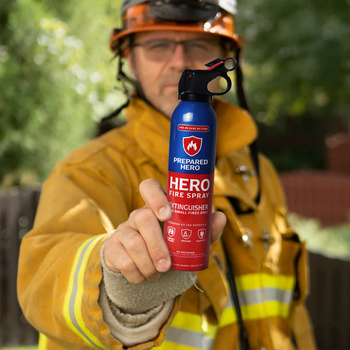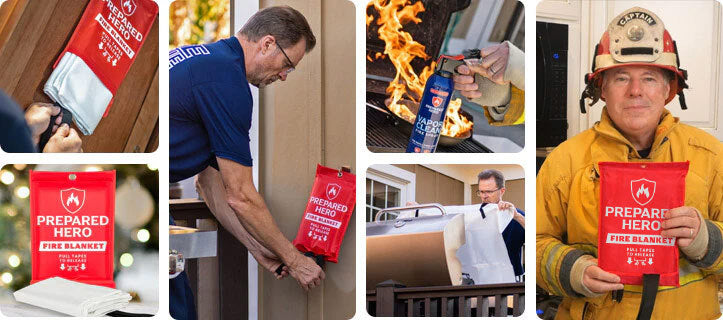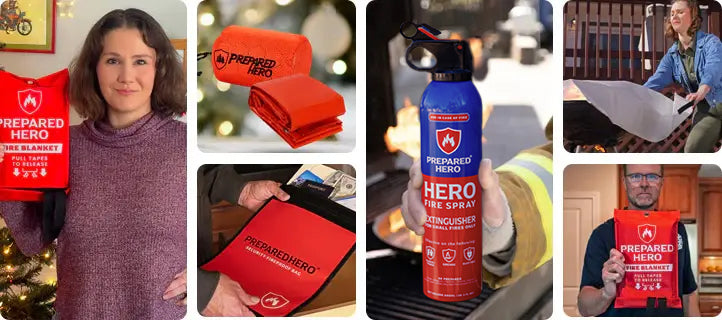Where you put your smoke detectors matters just as much as installing them. Proper placement makes sure they can detect...
The National Fire Protection Association (NFPA) says that cooking causes 49% of reported house fires, 20% of reported house fire deaths, and 42% of home fire injuries.
Stove fires are dangerous, and we're here to help. In this post, we'll talk about how to put out a stove fire properly.
How to Put Out a Stove Fire the Right Way
Not paying attention to what you're cooking, especially on the stovetop or in the oven, can end in a disaster. Kitchen fires are more common than you think and can cost you your property and loved ones. Here's how you can put out a stove fire:
Turn off the heat immediately.
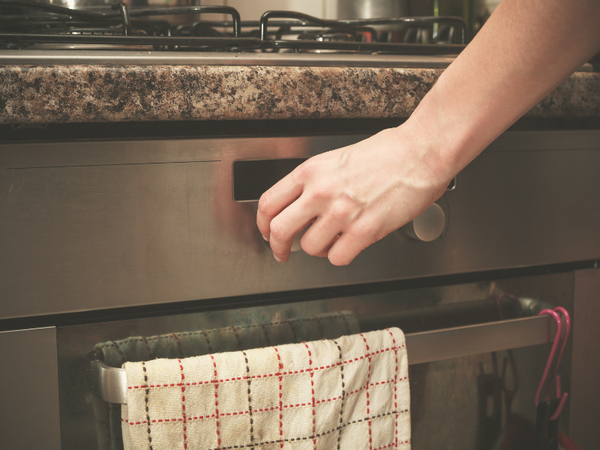
Turning off the heat should be your priority. Wear fire protection gloves to protect your hands from splashes if you have time.
Based on the fire triangle, fire needs three things to stay alive: heat, fuel, and oxygen. Using this principle, you can put out the fire by turning off the heat.
While you may be tempted to remove the pot or pan from the stove, don't. Leave it on the stove since you might splash burning oil all over yourself or your kitchen if you move it.
Cover the fire with a metal lid.
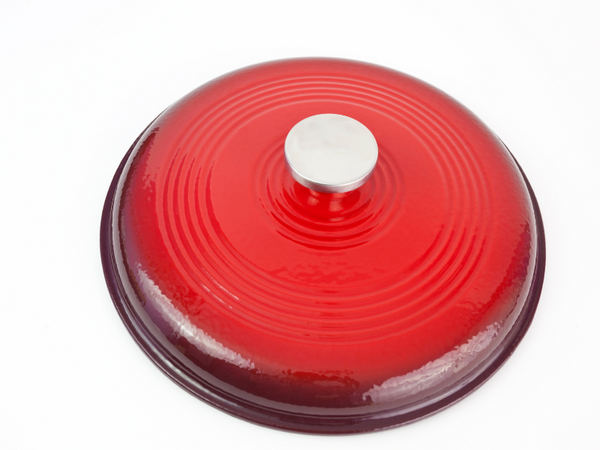
This only applies if you don’t have a fire blanket or fire spray. Otherwise, skip this step.
As mentioned above, fire needs oxygen to burn, so covering it with a large metal lid helps smother the flame. A cookie sheet or baking pan will do just fine if you don't have a metal lid.
Remember not to use glass lids or ceramic plates, bowls, and lids because they can shatter and become shrapnel when exposed to fire.
Once you've covered the fire, leave the metal lid on the pan or pot for several hours to let everything cool down.
Use baking soda or salt.
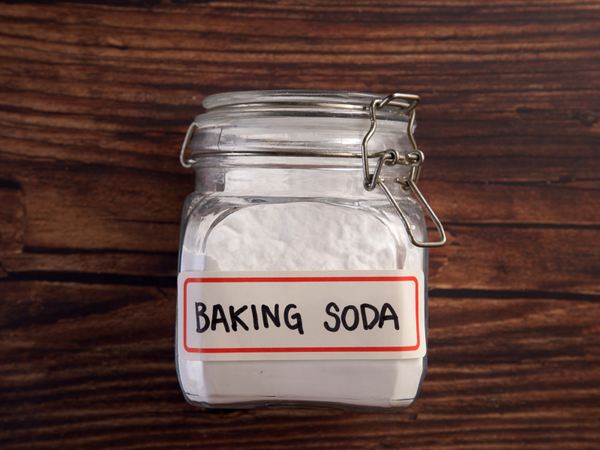
This only applies if you don’t have a fire blanket or fire spray. Otherwise, skip this step.
If you don't have a lid, baking pan, or cookie sheet nearby, dump plenty of salt or baking soda on the flame.
Salt helps because it doesn't burn in a fire. This means you can pour it directly onto a small stove fire to deprive it of oxygen. On the other hand, baking soda can chemically put out a fire. When heated, it releases carbon dioxide, which deprives the fire of oxygen.
But you'll need a lot of them, so toss on handfuls upon handfuls until the flame subsides. Avoid using baking powder, sugar, flour, or other ingredients since they can fuel the fire instead of putting it out.
Use a fire extinguisher as a last resort.

Spraying your kitchen with chemicals means cleaning up afterward, but it's better than having a burned down house. Plus, not all types of fire extinguishers can put out stove fires. So, use a kitchen fire extinguisher as a last resort.
As an alternative, you can use the Emergency Fire Blanket to smother the flames safely without having to clean up afterward. Simply cover the fire with it, turn off the heat, and wait for the fire to die.
Conclusion
Knowing how to put out a stove fire can prevent a small, harmless flame from turning into a raging inferno. If you need help handling another common kitchen fire, check out how to put out an oven fire here.
And if any of the tips above don't work and the fire grows beyond your control, evacuate your house and call the authorities immediately. Stay safe, hero


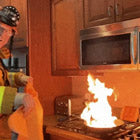 Fire
Fire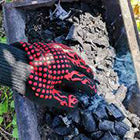 Safety
Safety Survival
Survival Protection
Protection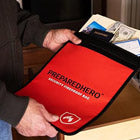 New
New Scouting America
Scouting America
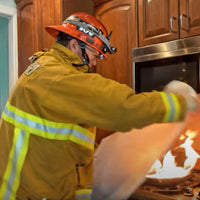 Fire
Fire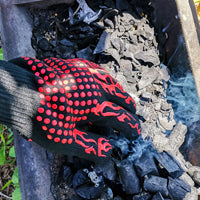 Safety
Safety Survival
Survival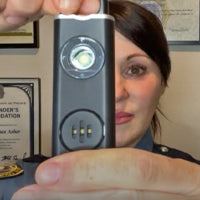 Protection
Protection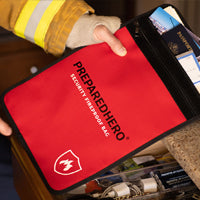 New
New



